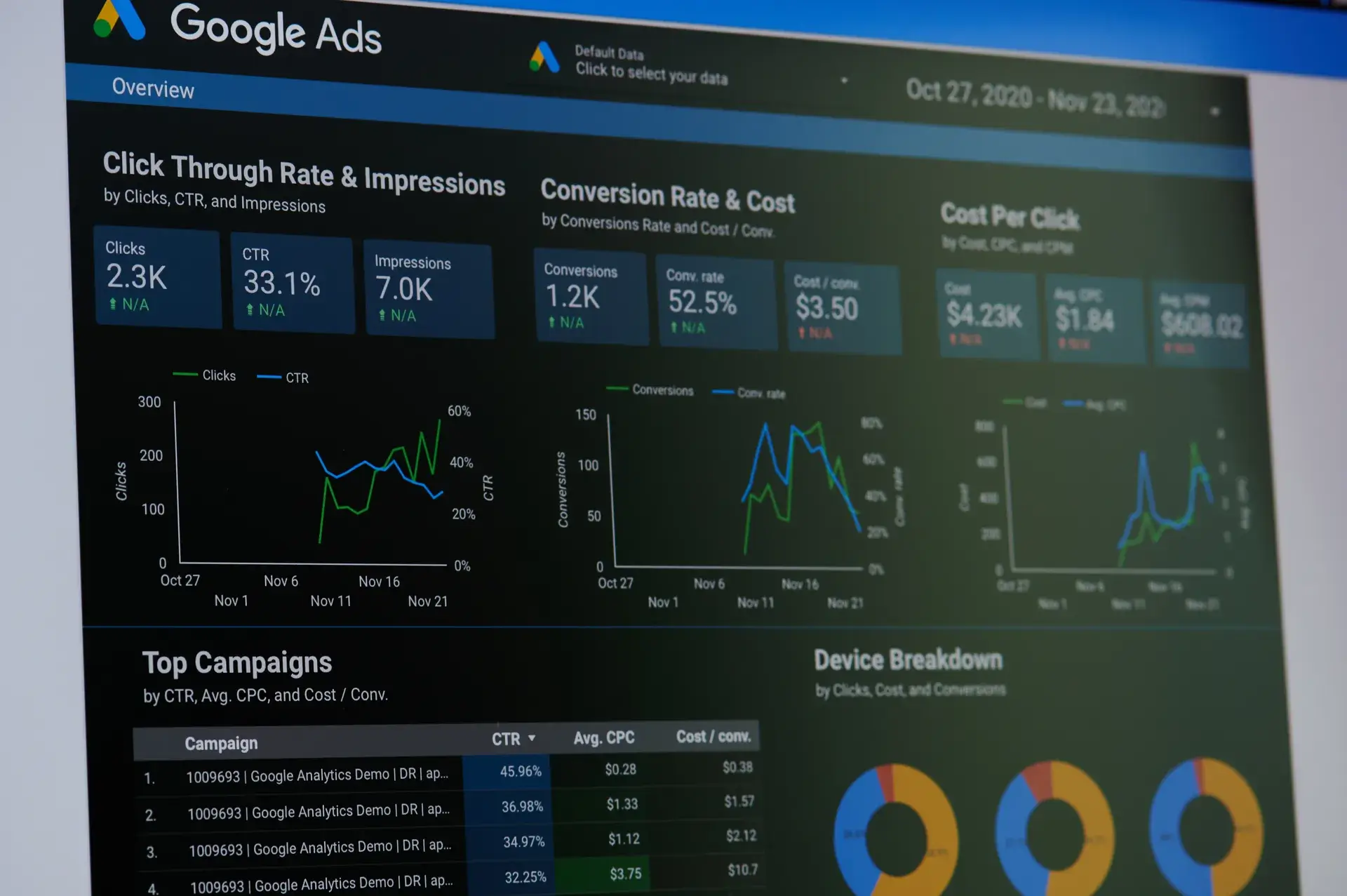Creating a successful Google Ads budgeting strategy is crucial for maximizing your return on investment (ROI) and achieving your marketing goals. An effective budget helps you control costs, optimise ad performance, and ensure you're getting the most value from your advertising efforts. In this guide, we will explore actionable strategies to develop, manage, and optimize your Google Ads budget for better results and sustainable growth.
Understanding Google Ads Budgeting
Your Google Ads budget represents the amount of money you're willing to invest in your advertising campaigns. However, budgeting goes beyond simply setting a weekly or monthly cap; it involves understanding how to allocate your funds strategically across various campaigns, ad groups, and keywords.
1. Set Clear Advertising Goals
Before diving into budgeting, define your advertising objectives. Consider whether your primary goal is:
- Brand Awareness: Allocating budget to increase visibility among potential customers.
- Lead Generation: Focusing on capturing leads to nurture into sales.
- Direct Sales: Driving immediate transactions with targeted ads.
2. Determine Your Overall Budget
Your overall budget should reflect both your advertising goals and financial capacity. Consider the following factors:
- Annual Revenue: A typical guideline is to allocate 5-10% of your projected revenue to marketing.
- Cost Per Acquisition (CPA): Understand how much you can afford to spend to acquire a new customer.
- Market Competitiveness: Factor in how competitive your industry is and adjust your budget accordingly.
3. Create Campaign Budgets
Once you have a total budget, break it down across your campaigns. Consider the following:
- Prioritize High-Performing Campaigns: Allocate more to campaigns achieving better results.
- Test New Campaigns: Set aside a portion of your budget for testing new ideas or variations.
- Monitor Seasonal Trends: Adjust allocation based on seasonal highs and lows in demand for your products or services.
4. Allocate Budgets at the Ad Group Level
Delve deeper by distributing budgets across ad groups within each campaign. Ensure optimal budget allocation by:
- Evaluating Keywords: Invest more in high-performing keywords that convert.
- Identifying Underperforming Ads: Review ad performance and adjust budgets for those that underperform.
5. Monitor and Adjust Your Budget Regularly
Google Ads requires ongoing management. Regular monitoring ensures you stay on track with your budget. Consider these practices:
- Weekly Reviews: Conduct weekly checks on your spending and performance to identify trends.
- Adjust Budgets Based on Performance: Increase budgets for high-performing areas and cut back on underperforming segments.
Conclusion
Mastering your Google Ads budgeting strategy will ultimately lead to improved campaign performance and a better ROI. Set clear goals, stay flexible, and continuously optimize your budget allocation to ensure every rand spent contributes to your success. At Prebo Digital, we’re here to assist you in crafting effective Google Ads strategies tailored to your business needs. Contact us today for expert guidance!





